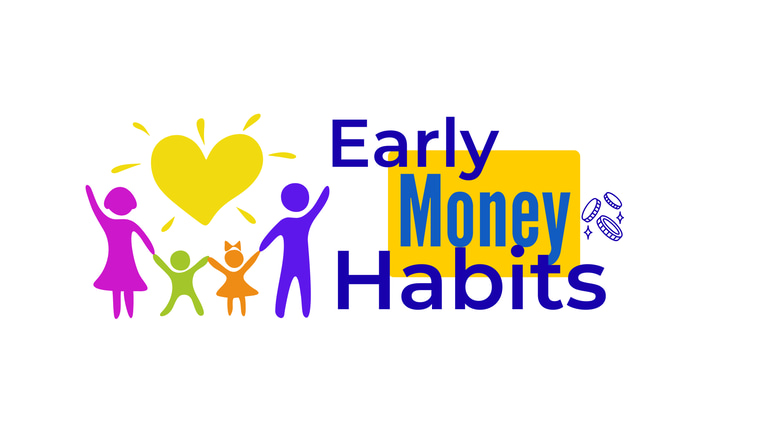Why should children learn money habits from the age of 3?
When it comes to shaping a child’s future, most parents think about education, values, and life skills. But there’s one essential area that often gets overlooked: money habits. Surprisingly, children begin developing attitudes and behaviours around money as early as age three, with many core habits potentially solidified by age seven. This means that long before they earn their first salary, children are already forming beliefs about spending, saving, and the value of money just by watching the adults around them. Without intentional guidance, these early impressions are left to form naturally, shaped by advertising, peer behaviour, and what they observe at home. While some of these habits might be positive, many can be limiting or even harmful over time. The good news is that it’s never too late to start. Whether your child is three or thirteen, parents and caregivers have the power to shape a healthy financial mindset. Daily conversations about money, involving kids in small budgeting choices, or giving them a bit of responsibility with money can make a lasting impact. Financial literacy is not just for adults. It is a lifelong skill that starts early. Let’s raise a generation that is confident and money-smart from the beginning.
Lara Ejiwunmi
7/25/20251 min read


Financial literacy education
